Dad’s Real Alaska Moose Hunt
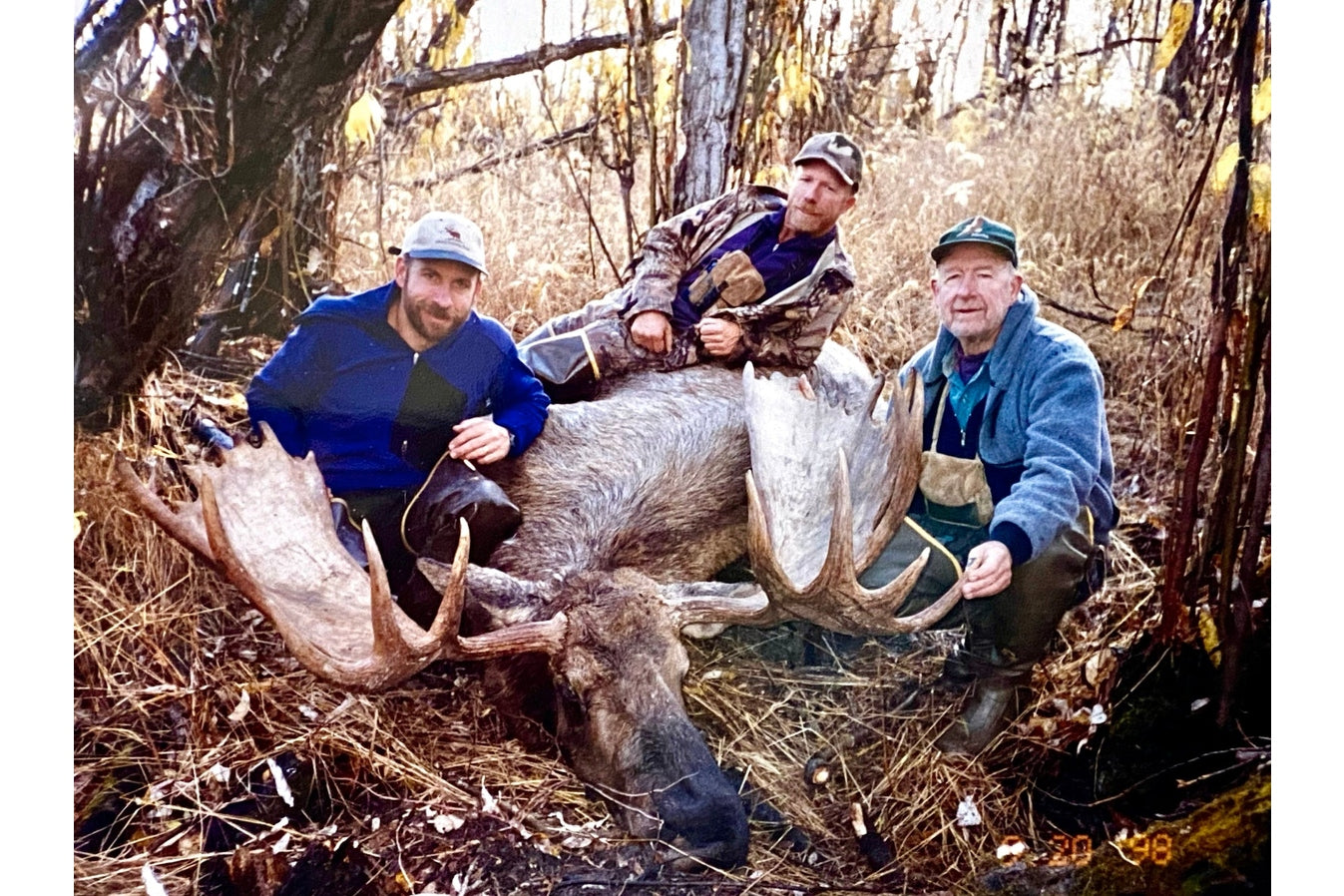
It was September of 1998 Patti Cake and I woke up to what sounded like a bear going through our camp. I grabbed my 375 and flashlight and jumped out of the tent. It was 2 giant Yukon bull moose fighting hard. They were snapping trees and banging horns so loud that it sounded like dinosaurs grinding and snorting. After 9 days of traveling we were finally camped in the sacred home of the giant Yukon moose of Alaska.
 Don Bunker and Duane Owens (Dad)
Don Bunker and Duane Owens (Dad)
My brother, Brian, and Don Bunker are real Alaskans! They had my Dad with them and drove all the way from Homer towing a 30’ river boat which Don had built under a tarp in his driveway the previous winter. Don had also built a moose carrier out of broken bicycles as well as the trailer he pulled the boat on. It was a 750 mile drive to North to the Yukon River. He, like many successful Alaskans, can make or build something from nothing. He was a commercial fisherman and a pilot. They had already done the food shopping for 3 weeks before picking Patti and I up at the Fairbanks airport. We then drove 150 miles up the gravel Haul Road, or Dalton Highway, to the Yukon River where we launched the river boat and parked the truck.
We took off down river. Keep in mind, the Yukon River is a huge river, over 2,000 miles long and ½ mile wide in some places. On the way down we noticed many subsistence fish wheels where the natives were catching salmon in the river. Don stopped and visited with the natives, and they gave us a salmon which we cooked on the sandbar that evening over an open fire and then camped there for the night. How much more delicious fresh salmon is than store bought. I saw some old moose and grizzly tracks on the sandbar and I felt a rush of excitement. Don said, “That’s nothing. Wait till we get to the Koyukuk.”
The next morning, we got an early start and watched a 45 inch bull swim across the Yukon approximately 300 yards in the icy river. It’s amazing how fast they can swim. Moose have hollow hair and are great swimmers. Don told us about 5 natives who were in an open skiff while going full throttle at night. They hit a moose, and they all, unfortunately, ended up drowning. I can see how this could happen.
 Patti photographing moose in the Yukon.
Patti photographing moose in the Yukon.
We made good time and reached the small town of Galena which, like many places in Alaska, is only accessible by airplane or boat. There we met my buddy Ray and his dad who flew in from California. We topped off our fuel for the boat and headed down the Yukon River. We had 8 barrels of gas, over 400 gallons. We stashed some on the Koyokuk River to use on our way back. It was drop dead beautiful. We stopped at another sandbar and camped for the night.
The next day we got an extra early start and later that day reached the Koyukuk River. Another huge river but nothing like the Yukon. A day and a half later we ended up river at the small native village Huslia. Don said, “I’ll do the talking here, rumor is the natives are shooting at boats and don’t appreciate outsiders coming onto their land and shooting their moose.” Don brought them some big bags of used clothing and other presents. The natives remembered Don from the previous year. They asked Don if he needed some fuel. It was all good and we got a couple barrels of gas. After getting fuel we went down river on the Koyukuk where we found a nice place to camp and hunt out of. Don said, “You’re in hunting country now!” We unloaded everything including a homemade wall tent that measured 12x24. Don had made it by sewing plastic tarps together. He had a chain saw and we cut lots of large willows and cut the framework for the wall tent. We all worked feverishly. Don even made cots to sleep on as well as a table. At the end of the day, we had a comfortable camp with a little military wood stove. My brother did the cooking for all 7 of us for 3 weeks on that wood stove and a Coleman stove. At this point, it had been 9 days since Don, my brother, and Dad left Anchor Point and headed to the sacred moose hunting grounds of Alaska.
The next morning we dropped my brother Brian and my Dad off at a spot that had lots of tracks and signs. The rest of us went on to another spot across the river. Within a half an hour we heard a shot. We were excited! We quickly loaded into the boat and crossed the river. We hiked in and began to hear my dad and Brian hollering and screaming. Dad was the happiest I have ever seen him in my life. He had shot a monster 63” bull. Apparently, earlier Brian had climbed high up in a spruce tree and was calling when he heard the big bull grunting and suddenly saw a flash of his antler. He climbed down the tree and kept grunting while he and Dad slowly worked into the direction where he last saw the bull. Instantly, the bull came out of the spruce and my Dad shot him with my 375 H/H right through the heart. Brian said, “Shoot again!” Then the bull fell.

Brian, me, and Dad (Duane) with his bull. Notice our Alaska Guide Creations' bino packs.
What a way to kick off moose hunting! Now the moose crew (7 of us) had lots of work to do. Yukon moose are huge! Hind quarters on a big bull can weigh 175 lbs. Even a neck can weigh as much as 90 lbs. It was great and satisfying to have so much meat. Many Alaskans rely on wild game and fish to help them make it through the long winters. Alaska Fish and Game are extremely strict. One would be in big trouble if they were to waste any moose meat. A wasteful hunter would probably be in more trouble than if he were beating his wife. We flagged the best trail to the boat and then got chainsaw, pruners, machetes and made a trail through the thick willows and alders to get the moose back to the boat. The moose carrier Don built out of broken bicycles worked great! We cut the moose into 6 sections and put into nice meat bags and kept the meat really clean. Dad and I stayed skinning on the moose as 2 knives were safer than 4 when you are so remote and far from help. We finally got the monster moose back to camp and then realized we needed to build racks. Moose sections not counting horns or cape is nothing but heavy weight. Back at camp, Don showed me a moose trick that really impressed me and I have done it 50 times since. The secret to hanging up a moose neck. He cut a straight willow the size and length of an arrow and tied a piece of parachute cord on the willow. Then he threaded it through the center of the vertebra's of the neck and then pulled it through with about 5’ of paracord and attached it on the other side. Necks are like giant cannon balls. Compared to a hind quarter or shoulder they are hard to hang up with as there is really nothing to attach to. Any other sections of meat we put the meat bag on loose to keep them clean. Fortunately we didn’t have bear problems in this camp. What a wonderful day! We were so well prepared, thanks to Don and we had a great moose team.
 Don's homemade moose carrier in action!
Don's homemade moose carrier in action!
After a great dinner which included moose heart and potatoes cooked in a Dutch oven, Don pulled out a surprise. He had a book called Shadows of the Koyukuk which is about a native resident who grew up on the Koyokuk River. He read us a chapter every night. He was a great storyteller and hunter. You could hear a pin drop in the camp as he read the wild tale of the native that lived on the Koyukuk where we were. Don was a very religious man and close to nature. He would always say a prayer in the morning and night thanking God for the opportunity to be in this sacred country and asking him to be with us on our hunt. We all appreciate all he did, and it was very special and far more than just a great hunting trip.
Next day, Don and Ray called in an aggressive 45” bull, which was not legal. These moose have rarely seen people and are a lot more aggressive and unafraid compared to moose in most places. Natives told me to be careful chopping wood when moose are in the rut. These moose are aggressive while in the rut. The chopping of firewood can sound like horns hitting each other or a tree. Which can bring in other bulls. Ray was holding above the brush a small, shed antler which is good if you want to bring in a bull! The bull charged in and Don said, “Put the horn down.” They quietly backed out and were afraid they might have to shoot the bull just to protect themselves.
That evening we were in the riverboat headed upriver. We saw 2 cows climbing out of the water and going up the bank. I said, “Stop and let Brian and I off here. I think those two cows are on the tail end of a big bull’s harem.” As soon as we got out, we saw 8-10 moose in the trees. There were two bulls and Brian got a shot at a big bull, which was a monster. The smaller bull was big too but I could never get a clear shot. We searched and found a little bit of blood. I flagged the area with toilet paper to mark the spot. We looked and looked which is tough in such dense, swampy country. Don heard the shot and arrived with the moose crew. It was getting dark, so he showed up with flashlights and lanterns. We kept looking and I was so happy when I found Brian’s bull. He was another 65” MONSTER. We were all worried because even if you find a lost bull the following day, the body heat, even in freezing country, is so great that the meat will spoil. We worked till 2 am to get the bull out and we were all pooped. The next morning, we slept in. Upon waking we worked on the meat in camp.
 Brian on the shore with moose meat.
Brian on the shore with moose meat.
The following day Ray and his dad got dropped off in a nice spot to call. There were lots of tracks and signs. We got all set up and began calling. We had a bull grunting, and he came right in. Rays’ dad made a good couple of shots, and he was down. I had remembered Don telling me earlier, “If you fire shots, keep your eyes open because a rifle shot sounds like a big antler banging to a big bull who is in the rut, and they will often come in.” I had a funny feeling and turned around to discover the biggest bull I have ever seen in my life. He was over 70” with a half dozen brow tines on each side. Scary huge! I motioned to Ray as it was his turn. He shot and I shot after. The giant bull vanished. We searched for hours and never found any sign of blood. How could we both miss at 150 yards? Ray just shook his head. I said, “I hate to admit it, but I think we got moose bull fever and shot over his horns.” Ray and I were bedazzled and half sick. There was still work to be done in cutting up his Dads’ moose. Always lots of work.
The next day it was raining and we stayed in camp working on moose European horn mounts. I put my rain gear on and went fishing. After about 15 minutes I hooked onto a huge pike that jumped out of the water. He had a head like a little alligator, and he quickly snapped my line. The Yukon River is full of 40” Pike that have never seen a lure. That afternoon the rain stopped. We went upriver and saw huge beavers. They sawed down trees over 2 feet in diameter. Everything is bigger in the Koyukuk River drainage. The next day, Patti, Dad and I washed meat bags and put new ones on the meat which we had hanging from meat racks we made. We also got more firewood and took care of camp chores. I was so happy. I didn’t care if I saw or got anything after Dad and Ray’s dad got such magnificent bull moose. We were all very thankful.
 Ray's dad with his bull.
Ray's dad with his bull.
Late that morning Don came back for help and said Ray had shot another monster 63” bull. We all went back to help. It was a wonderful team effort with 7 people busy as beavers. Now we had 4 giant moose in camp. Enough meat for everyone! Don and I had shot plenty of moose over the years. Neither of us wanted to shoot unless we had an opportunity to nail a monster of our own. Don said, “We are really loaded but have room for one more bull.” Weather turns quick in the Yukon, and sometimes too quick. He said, “One year the Yukon froze up early and many of the moose hunters lost their boats and had to be rescued by emergency helicopters.” A lot of hunters had to leave their boats in Galena as too much ice was coming down the Yukon River.

Ray's 63" bull.
The following day we took the big boat up a slough. I told my dad, “We are going to call up here. We need to get out of here before the river freezes.” We agreed to shoot the first legal bull that came in. Don started calling while I raked a shed horn on a tree. In no time, here came a 50+” bull. I fibbed to my dad and told him I couldn’t see him. Dad pointed him out to me, and I took the shot. Just like that, we were done hunting. We had 5 big bulls all over 50 inches. Dad and I began working on the moose. One thing I always carried in my pack was some lightweight titanium pruners. After we knocked down a moose in the willows or brush, I would prune everything like a golf course and then it was much easier to work on the kill without losing your knives and tools. Don soon returned with the moose crew and we wrapped up the last moose. Everyone was getting pretty good at taking care of moose which is not easy like a mule deer. These bulls were larger than a horse and approximately 1600 lbs.
 5 bulls at camp.
5 bulls at camp.
The next day we were a little exhausted and slept in. When we got up we began breaking down camp. We loaded everything onto the boat. About 3000 pounds of moose! Five moose and horns was a real workout when wearing hip boots in slippery mud. We finally were headed back down the Koyukuk. What a wonderful dream hunt we had. We were a long way from home. We had approximately 600 miles of river to cover, which is a challenge with all kinds of hazard, logs and sandbars. We traveled about 100 miles down the Koyukuk and met a boat of hunters with motor problems. We got a tow line and towed them for a few hours down river. Don was piloting the boat and it was difficult to see with the sun setting. Suddenly we hit a sandbar and came to a dead stop. We were instantly afraid the boat we were towing would slide up and hit our outboards. Fortunately, they were able to push off to the side. We were stuck bad. We had to unload two 55-gallon barrels of fuel and endless moose onto the sandbar. Then 10 of us worked like crazy to dig and push the boat free. It was getting dark, so we made camp at the sandbar. The next morning, we got everything loaded, organized, and headed down river again towing their boat. We got to the Yukon River and headed upriver to be able to make it to Galena that evening. We spent the night and said goodbye to the hunters with the motor issues. They were very grateful. You can’t be too prepared in this kind of country as there is very little help to call on. Many of the river boats have 3 outboard motors on the stern.

Boat loaded down with meat and fuel.
Don called a friend and borrowed a truck in Galena. Obviously, there are a lot of logistics on a trip like this. One little mistake or problem can bring the whole trip to a close. We gave the ribs and necks to the natives which they really appreciated. We took the rest of the moose meat by truck to the airport. There were 2 pallets stacked high that cost us 29 cents per pound to ship to Anchorage. There they would store the meat in a big walk-in cooler for us to pick up later on. We said goodbye to Ray and his Dad who took a portion of the meat back with them. We went back to the boat and departed heading upriver. With the meat and 2 less men on the boat we were considerably lighter that helped, especially traveling upriver. On our second day we hit a rock with one of the outboards. It totally wrecked the lower end of the 150 horsepower motor. Good thing Don was prepared and had two outboards. As he always said you can’t be too prepared on trips like this. It took us two days to get back to the Yukon River bridge where we pulled the boat out of the water. We found a nice camping spot and spent the night there. It froze pretty good that night and we were happy to be off the soon to be freezing river. It was 150 miles down the gravel Haul Road to Fairbanks. We got there just in time for Patti and I to catch our plane back to California.
Don, Brian and my Dad drove approximately 400 miles to Anchorage to pick up the meat and had plenty of room in the truck. Now they drove approximately another 200 miles to Homer where they spent many days cutting the meat up. Like I said before, this trip was all about logistics. Total truck travel 1700 miles. Total boat travel 1200 miles. We used 18 / 55-gallon barrels of fuel, not counting fuel for skiff, chainsaw, etc. Despite all the logistics and many dangers, God was watching over us. This trip was in September 1998. At the time of this writing, I am once again in Homer, Alaska down with Covid. Sad because I am not out hunting. This sickness may be a blessing in disguise as it’s kept me inside where I became focused on putting some really wonderful hunting stories down on paper. Sadly, my Dad, Ray and Don Bunker are no longer with us. Don Bunker was an amazing commercial fisherman and was truly of the last Alaskan “Cowboys” who several years later died in a tragic accident while commercial fishing by himself. So thankful for the times we shared together and the memories we will always have.
Dad was always my best friend. I miss him everyday. If you are still fortunate enough to have your dad in your life, don’t take for granted the time you get to spend with him.
Happy Father’s Day,

Jaret Owens - 805-551-6815

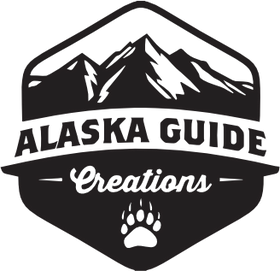
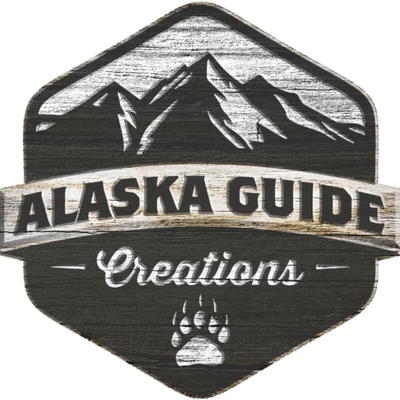
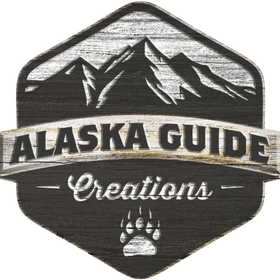
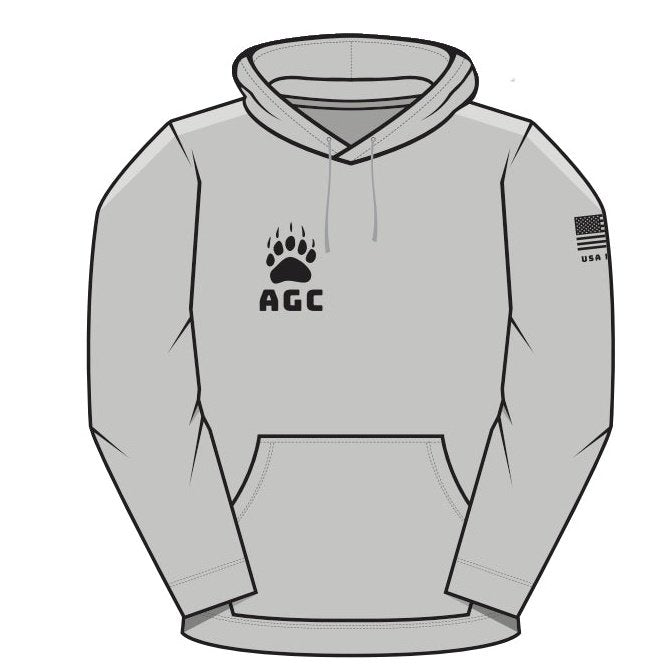
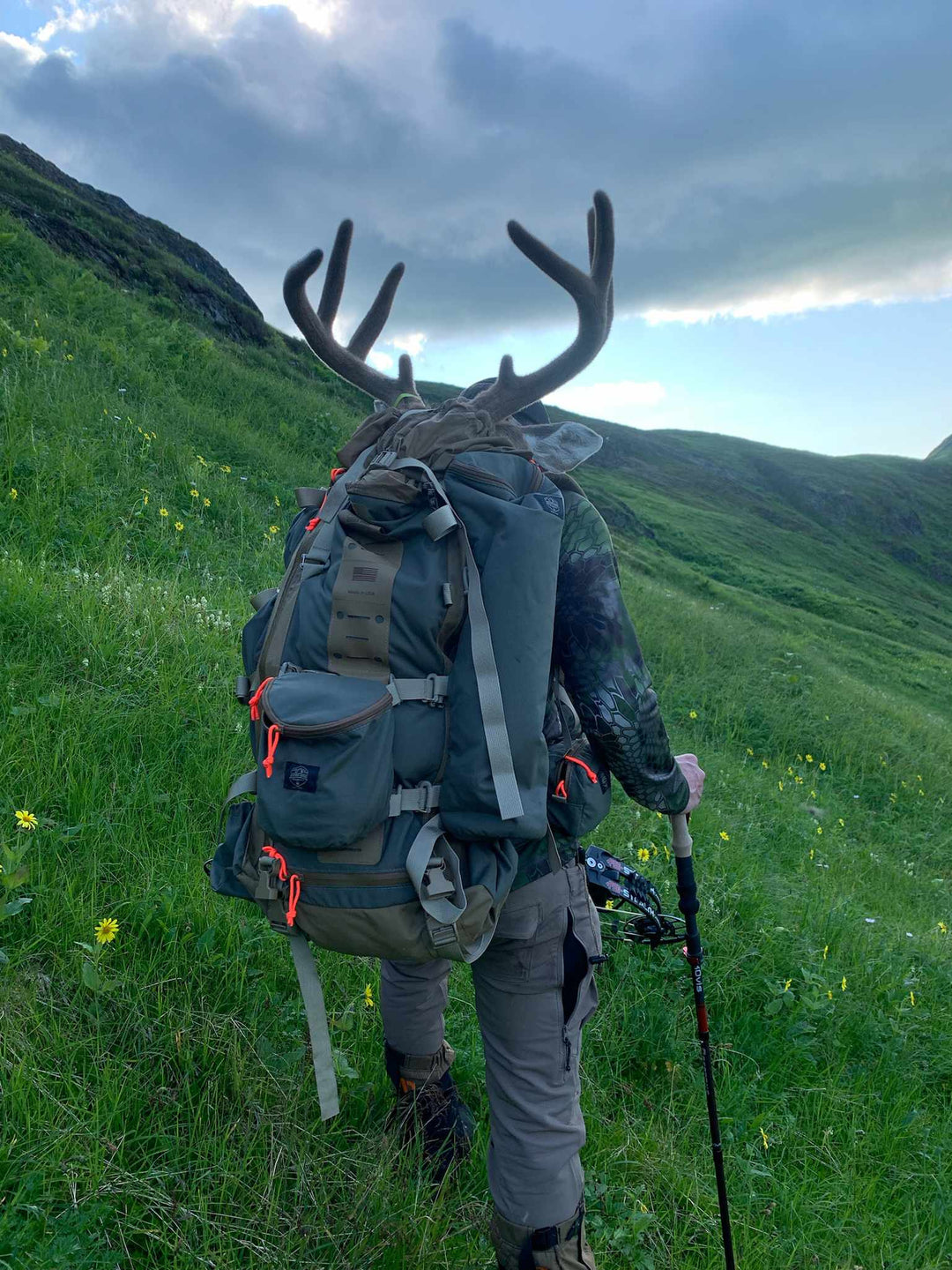

Wow, what a story thanks for sharing, cherish those moments, my friend. GOD FAMILY COUNTRY !!
Leave a comment